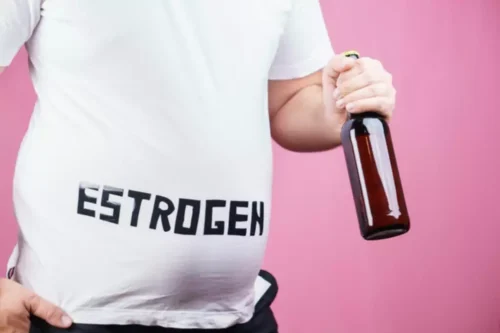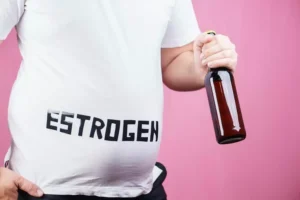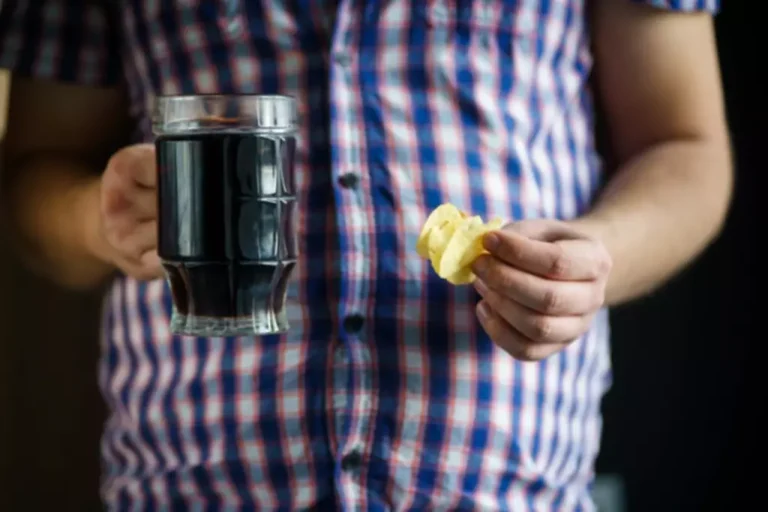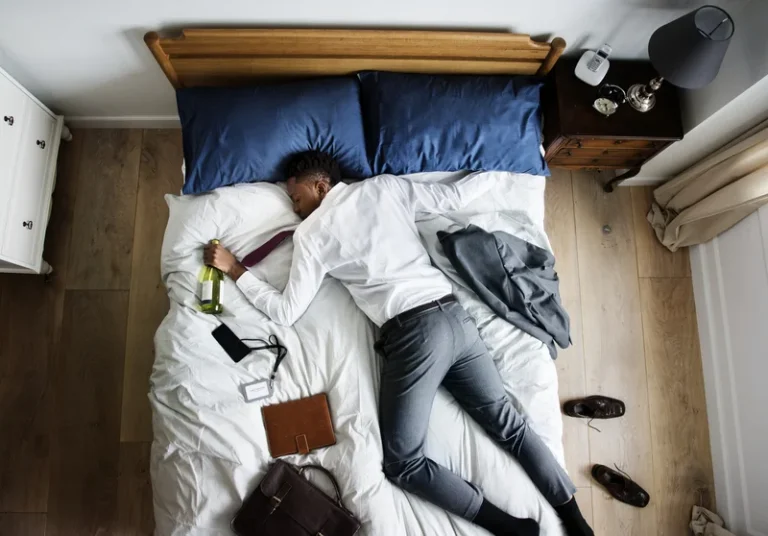
Since then, she has worked which of the following is a type of indirect peer pressure? across various settings including outpatient, inpatient, and community corrections programs. In her time here, Karlie trained as a clinical supervisor and an Acudetox therapist. She has a passion for working with clients to help them develop a more profound sense of identity to navigate depressive and anxious symptoms. She’s passionate about working with clients to work through trauma and improve mental stability.
Is Peer Pressure Always Negative?
- These various forms of peer pressure can have lasting effects on an individual’s mental health, shaping self-image, emotional well-being, and social interactions.
- The following mechanisms can aid in managing the effects of peer pressure.
- This pressure resides in a one-on-one interaction; the one being influenced has more opportunity to confront his or her decision against his or her set of beliefs and values.
It is also important to talk openly and honestly with teens about what peer pressure is and how it can lead to positive or negative outcomes. Create a safe space where students can talk about the pressures they may be facing, such as the pressure to conform, and then discuss practical ways to manage this pressure. Normative peer pressure involves others pressuring you to conform to certain social norms and behaviors. This can pressure young individuals to change different aspects of their identity to conform to what everybody else is doing.

How Can Parents Help Their Children Deal with Peer Pressure?
Individuals who feel comfortable sharing their experiences are more likely to seek guidance and support when faced with peer pressure. This open dialogue can strengthen relationships and create a safe space for discussing emotional challenges. Access to professional counseling is crucial for those struggling with the effects of peer pressure on their mental health.
- Additionally, she is trained in Brainspotting, offering a unique approach to trauma-informed care.
- Making healthy decisions is a crucial part of growing up to be a healthy and happy individual.
- When people know that they will be accepted regardless of their choices or circumstances, they are less likely to succumb to negative peer pressure.
- Christy Schuett, originally from Aberdeen, South Dakota, holds a master’s degree in counseling from Northern State University.
- In our ancestral past, conforming to group norms and following the lead of others could mean the difference between life and death.
1. Peer Pressure on Social Media Across Cultures
On the one hand, positive peer pressure can improve academic performance. This happens when students have good relationships with other peers who promote academic engagement. This often occurs when students join groups that encourage disengagement from school, which has a negative impact on academic practices. Parents can be the strongest influence in their child’s life if they understand and are aware of the types of peer pressure their teenager is facing. Supporting healthy friendships, modeling responsible behavior and keeping an open, judgment-free family dialogue are three key components of maintaining positive parental influence on a teenager. Asking a young teenager to engage in behavior that is against their moral code or family values is a type of negative peer pressure.

Understanding the consequences of peer pressure is essential for evaluating its effects on mental health. This section explores how these social influences can impact self-esteem, contribute to anxiety and stress, and create a connection to depression. These various forms of peer pressure can have lasting effects on an individual’s mental health, shaping self-image, emotional well-being, and social interactions. Understanding the nuances of peer pressure is essential for recognizing its impact. Peer pressure can affect how we make our decisions from a young age, and this can translate into our behaviors and habits as we grow into adults. Given this, it is especially important that young individuals learn how to resist peer pressure early on.




